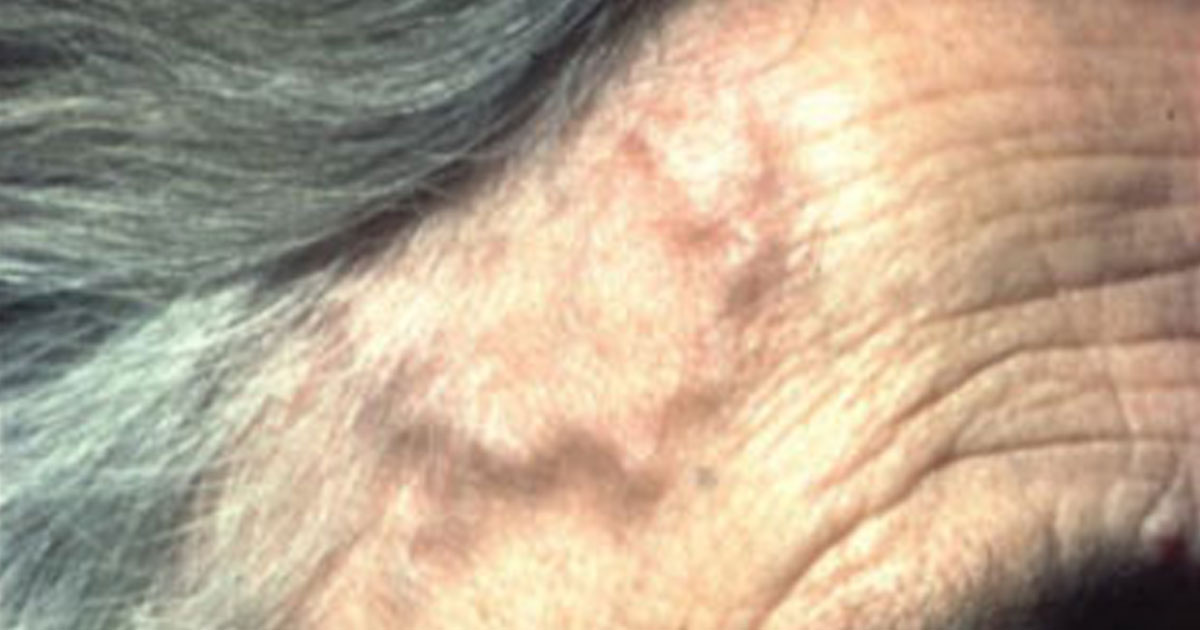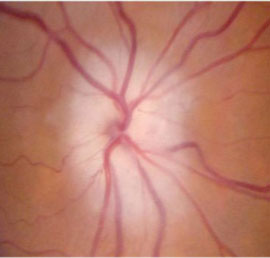
Giant Cell Arteritis
I prefer this term to temporal arteritis, because it more accurately describes a disease that affects medium and large blood vessels throughout the body. GCA is an important condition because it can cause profound, bilateral, and irreversible blindness. Blindness is due to involvement of the ophthalmic artery and resultant infarction of the optic nerves.
GCA is a disease of the elderly, and affects women more than men (3:1). A history of general malaise, aches and pains, and weight loss is common, and should prompt the treating doctor to specifically enquire about visual symptoms, scalp tenderness, and claudication pain of the jaw and tongue. Jaw claudication is the most specific symptom of GCA, and must be differentiated from arthritis of the temporomandibular joint, which is also common in this age group.
The visual symptoms of GCA include transient visual obscurations (‘black outs’ of vision in one or both eyes), as well as diplopia, which points to an ischaemic cranial nerve palsy affecting the extraocular muscles. Presence of visual symptoms should alert the GP to the imminence of irreversible vision loss, and prompt urgent referral to an ophthalmologist. Permanent vision loss is seen in 10-15% of patients.
If you are considering this diagnosis, please order an ESR, CRP, and FBC. The combination of a significantly raised ESR and CRP is 97% sensitive for GCA, while raised platelet levels also support the diagnosis. If you are confident of the diagnosis, high dose prednisone (1mg/kg) should be commenced, and the patient referred to an ophthalmologist for definitive diagnosis with a temporal artery biopsy.
Commencement of steroids does not affect the temporal artery histopathological results, as long as the biopsy is performed within a week of commencement.
GCA is a disease of the elderly, and affects women more than men (3:1). A history of general malaise, aches and pains, and weight loss is common, and should prompt the treating doctor to specifically enquire about visual symptoms, scalp tenderness, and claudication pain of the jaw and tongue. Jaw claudication is the most specific symptom of GCA, and must be differentiated from arthritis of the temporomandibular joint, which is also common in this age group.
The visual symptoms of GCA include transient visual obscurations (‘black outs’ of vision in one or both eyes), as well as diplopia, which points to an ischaemic cranial nerve palsy affecting the extraocular muscles. Presence of visual symptoms should alert the GP to the imminence of irreversible vision loss, and prompt urgent referral to an ophthalmologist. Permanent vision loss is seen in 10-15% of patients.
If you are considering this diagnosis, please order an ESR, CRP, and FBC. The combination of a significantly raised ESR and CRP is 97% sensitive for GCA, while raised platelet levels also support the diagnosis. If you are confident of the diagnosis, high dose prednisone (1mg/kg) should be commenced, and the patient referred to an ophthalmologist for definitive diagnosis with a temporal artery biopsy.
Commencement of steroids does not affect the temporal artery histopathological results, as long as the biopsy is performed within a week of commencement.

Pale swollen optic disc, due to optic nerve infarction
GCA has a classical histological appearance with a reduction in vascular lumen due to intimal thickening and inflammation. The internal elastic lamina is destroyed, and macrophages and multinuclear giant cells are seen. A positive biopsy justifies the use of high dose oral steroids, which often have side effects. The systemic symptoms of GCA usually respond quickly and dramatically to steroids (within days). The dose is gradually tapered by 10-20% every fortnight, and then more slowly (e.g. 1mg/month) once the dose falls below 10mg.
GCA is a chronic systemic vasculitis, and disease flares are common during tapering of steroids, so ESR and CRP need to be regularly monitored, and patients warned of the return of symptoms. A recent meta-analysis of steroid-sparing immunosuppressives indicated that their addition does not improve therapeutic efficacy or safety compared with the use of steroids alone.
GCA is a chronic systemic vasculitis, and disease flares are common during tapering of steroids, so ESR and CRP need to be regularly monitored, and patients warned of the return of symptoms. A recent meta-analysis of steroid-sparing immunosuppressives indicated that their addition does not improve therapeutic efficacy or safety compared with the use of steroids alone.
